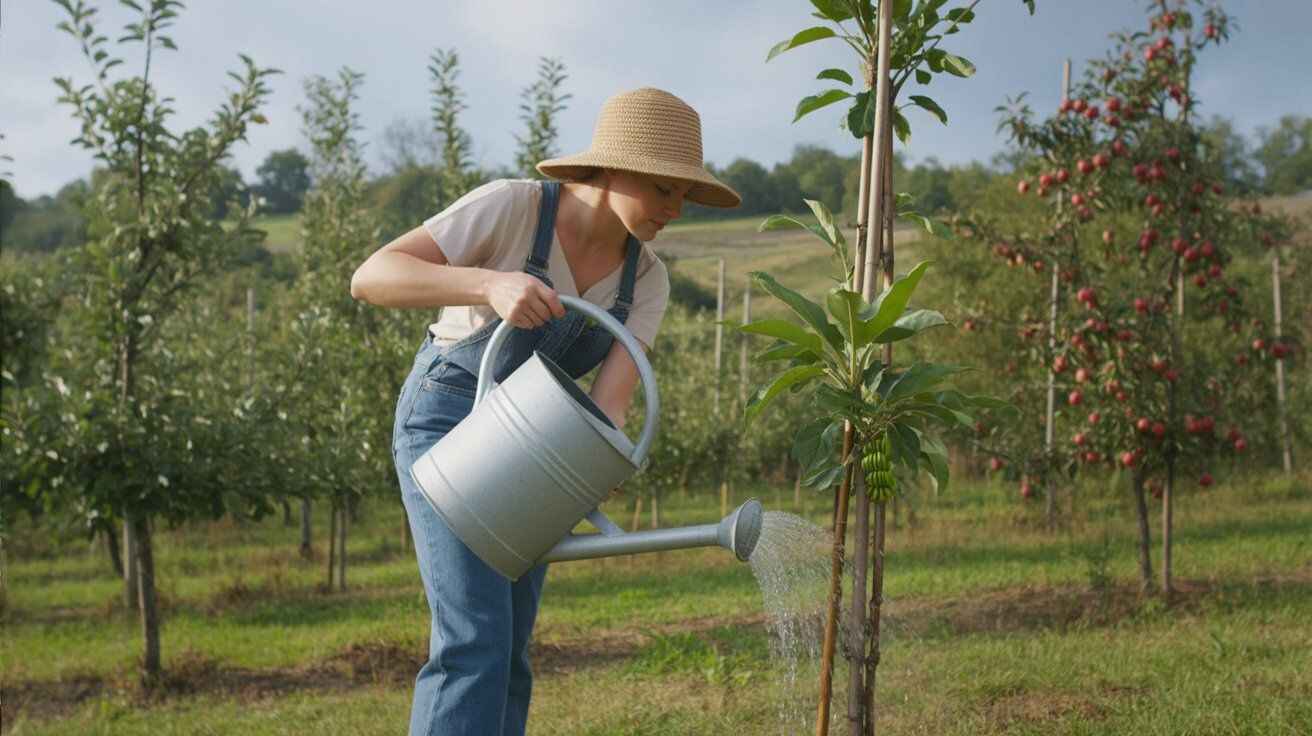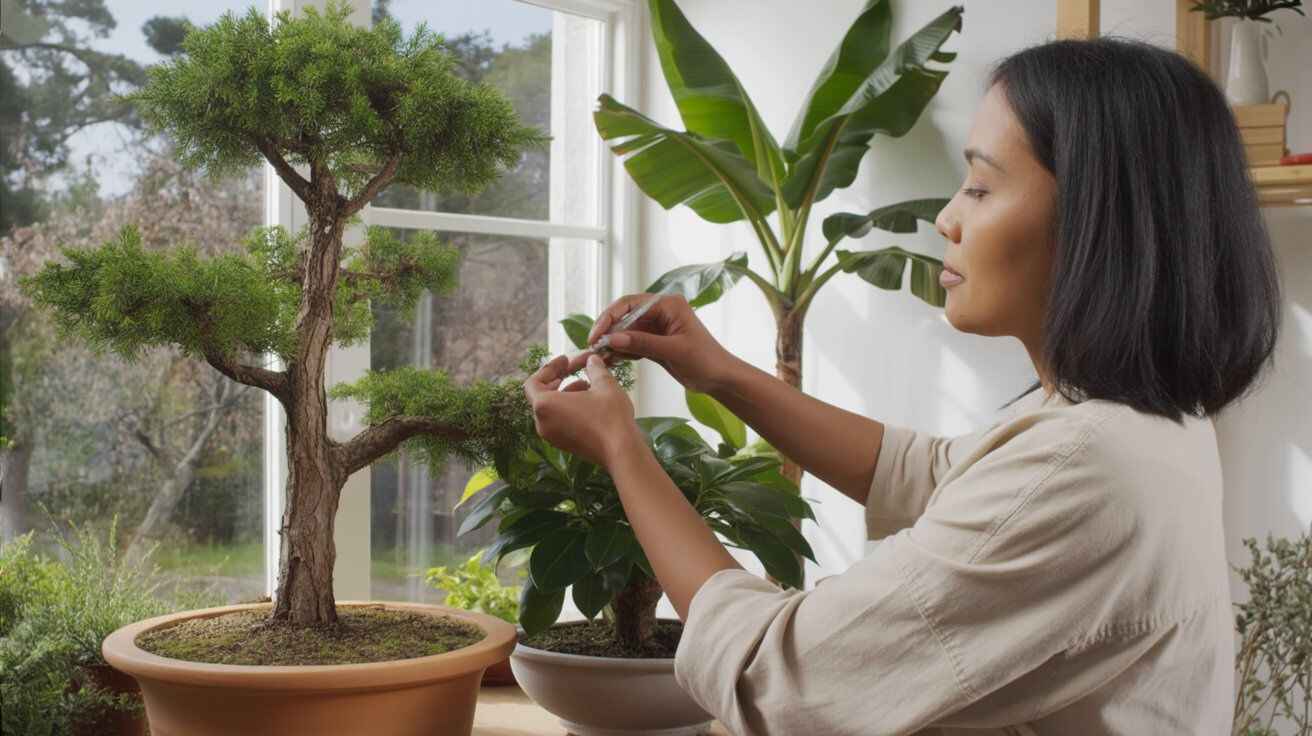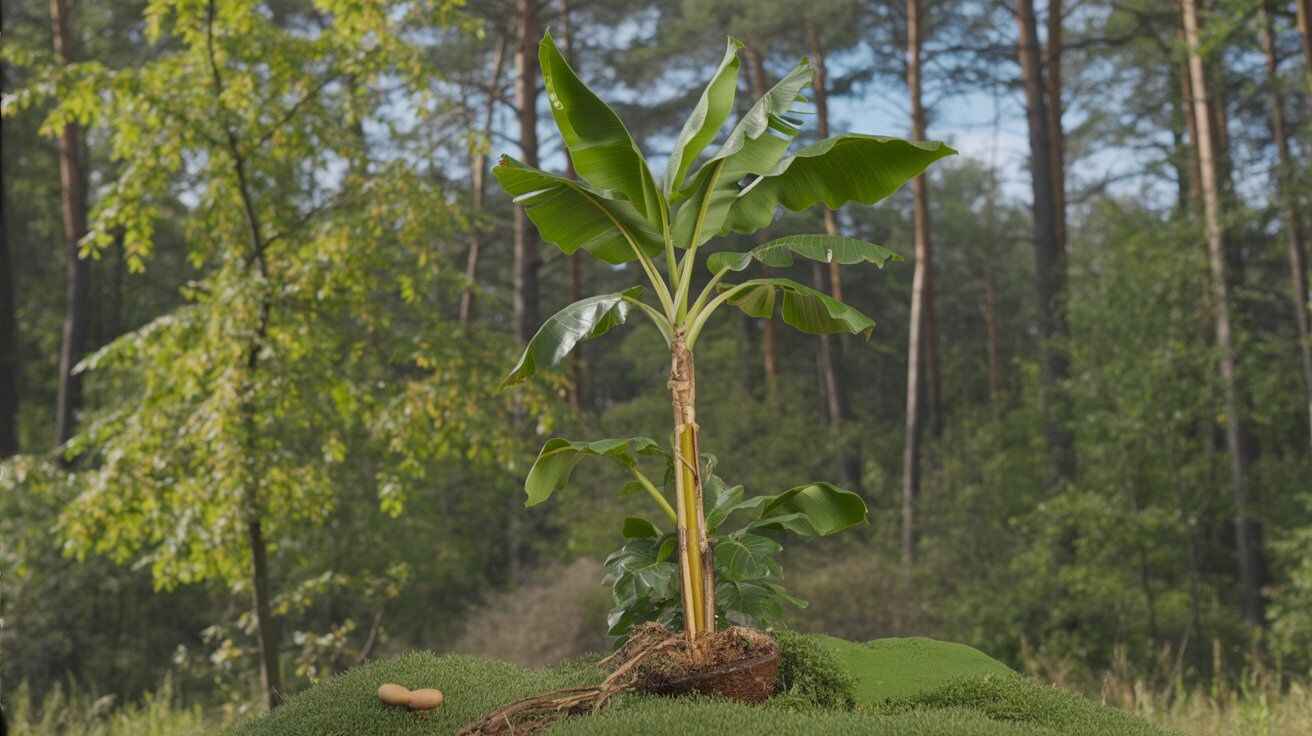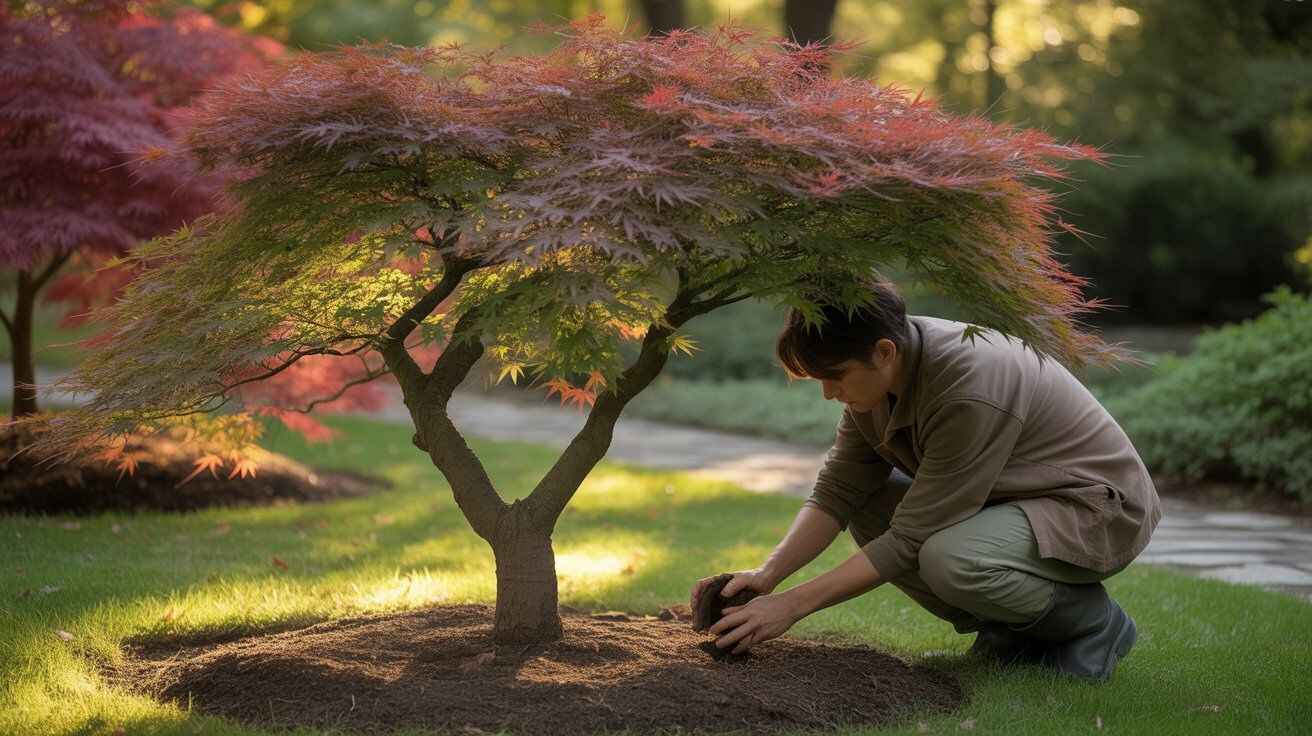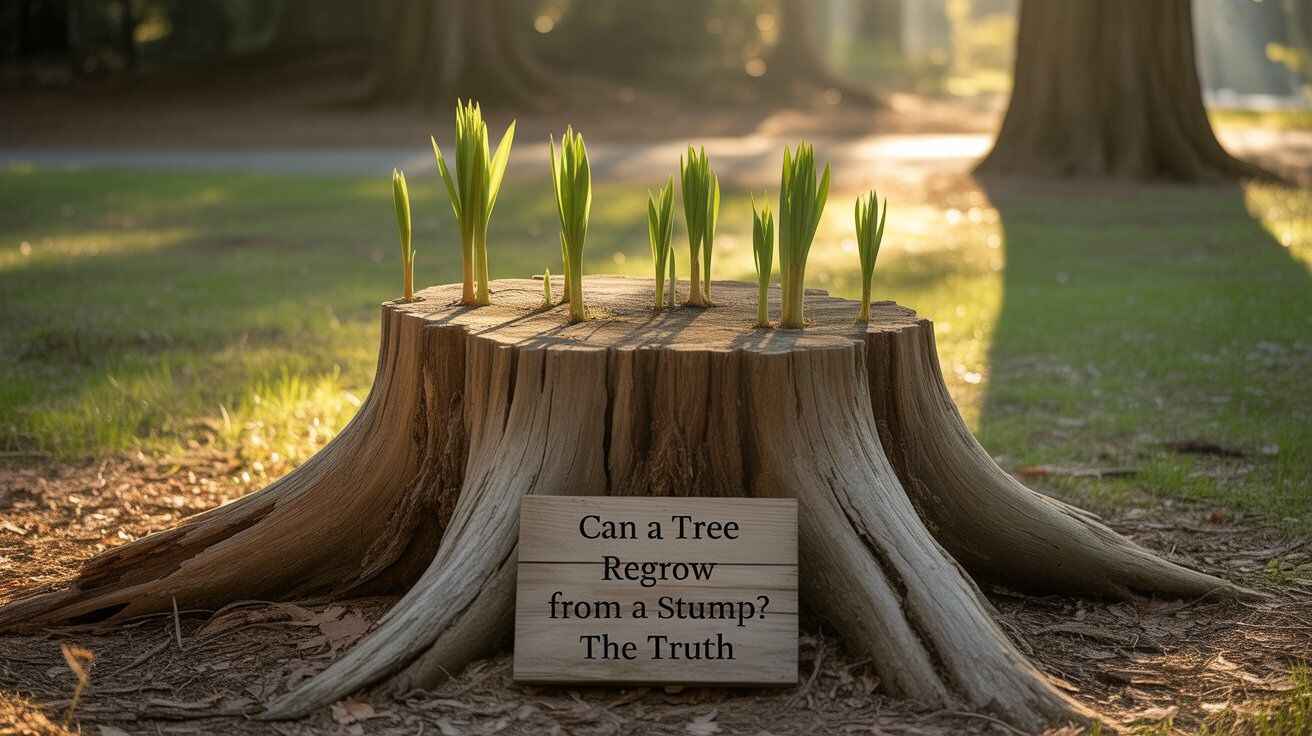Learn how to grow apple trees in Texas with low-chill, heat-tolerant varieties like Anna and Dorsett Golden for successful fruiting and harvests.
Understanding Texas Climate and USDA Zones
Texas covers multiple USDA growing zones, ranging from zone 6 in the north to zone 9 along the Gulf Coast. These zones directly affect how apple trees adapt to local conditions. In cooler areas, more traditional varieties may succeed, while warmer regions demand low-chill apple trees that can fruit with fewer cold hours. Hot Texas summers add another challenge, requiring careful watering and site selection. Knowing your exact zone is the first step in deciding which apple tree varieties can thrive in Texas backyards or orchards.
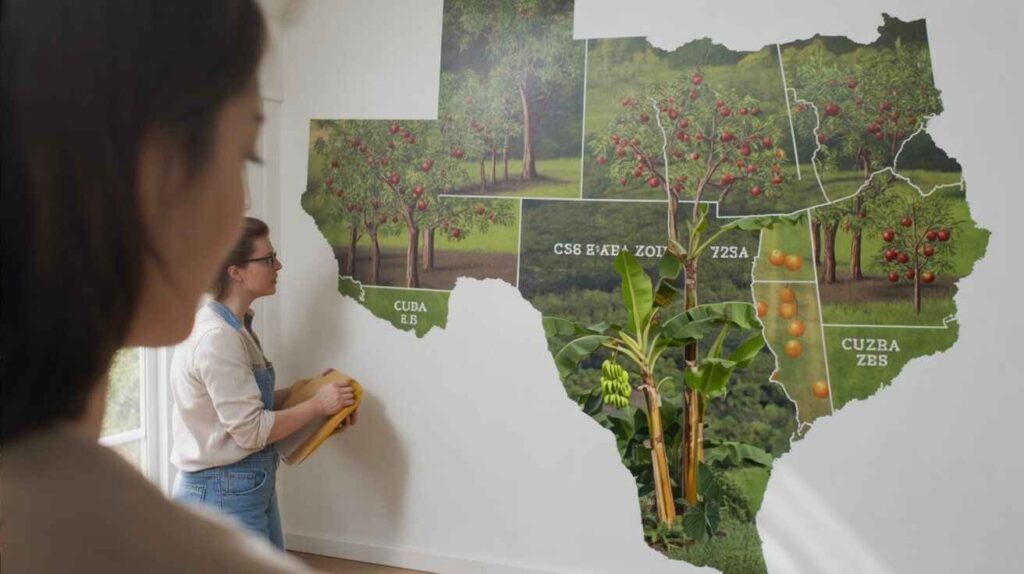
Chill Hours and Why They Matter
For anyone asking, “can I grow apple trees in Texas,” understanding chill hours is essential. Apple trees need a set number of winter hours below 45°F to trigger proper flowering and fruiting. Many northern varieties require 800–1,000 chill hours, which Texas rarely provides. That’s why low-chill apple varieties such as Anna and Dorsett Golden are recommended, needing only 200–400 hours. Without enough chill hours, trees may bloom late, produce poorly, or not fruit at all, making variety choice the key to success.
Best Apple Varieties for Texas Conditions
| Texas Region / Climate | Recommended Varieties | Chill Requirement | Special Notes |
|---|---|---|---|
| Warm South & Central Texas | Anna, Dorsett Golden | 🌡️ Low chill (200–400 hours) | Reliable fruit set even in mild winters |
| Cooler North & Hill Country | Gala, Granny Smith, Fuji (occasionally) | ❄️ Moderate chill (500–800 hours) | Performs best where winters are cooler |
| Statewide (for Pollination) | Any 2 compatible varieties | Varies | Cross-pollination boosts yield & consistency |
| General Growing Tips | — | — | Full sun, well-drained soil, regular watering, mulch to retain moisture |
Planting Apple Trees in Texas – Timing & Soil Preparation
To answer “can I grow apple trees in Texas”, proper planting time and soil preparation are essential. Trees should be planted in late winter or early spring while still dormant, giving roots time to establish before the heat of summer. Apples thrive in well-drained sandy loam with a pH between 6.0 and 7.0. Good site selection, including full sun and slight elevation to avoid waterlogging, supports healthy growth and fruiting. Preparing the soil and selecting the right location sets Texas apple trees up for success.
Caring for Apple Trees in Texas Heat
Texas summers are long and hot, so understanding how to care for apple trees is critical. Deep, infrequent watering helps roots grow strong, while mulch conserves soil moisture and moderates temperature. Regular pruning improves airflow, reduces disease risk, and encourages fruiting. Fertilize in spring and early summer to support growth. Protecting apple trees from heat stress through consistent watering, mulching, and pruning is essential for healthy growth and consistent harvests, especially for low-chill varieties like Anna and Dorsett Golden.
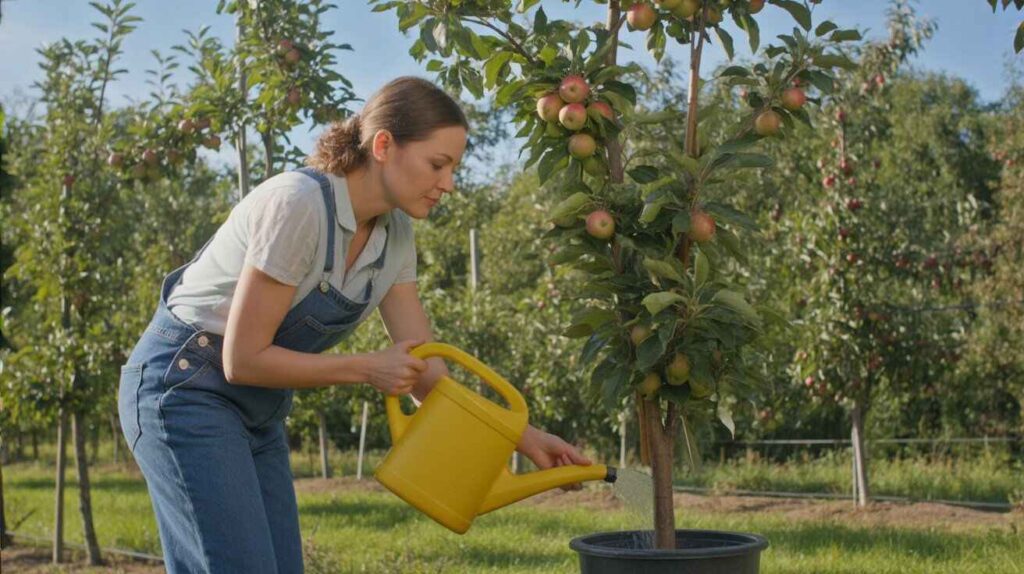
Common Pests and Diseases in Texas Apple Orchards
Apple trees in Texas face challenges from pests and diseases that can reduce fruit yield. Fire blight is a serious bacterial disease affecting blossoms and young shoots, while cotton root rot and fungal leaf spots thrive in humid soils. Insects such as aphids and borers can weaken growth if not managed. Managing common pests and diseases with resistant varieties, proper pruning, and good orchard hygiene is essential to maintain healthy apple trees and consistent fruit production across Texas regions.
Regional Tips – North, Central, South & East Texas
Growing apple trees in Texas depends on your region’s climate. North Texas offers cooler winters and more chill hours, supporting varieties like Gala and Granny Smith. Central Texas favors low-chill apples such as Anna and Dorsett Golden. South Texas requires heat-tolerant, low-chill varieties and careful watering. East Texas’s humidity increases disease risk, so proper pruning and site selection are crucial. Matching apple varieties to your specific Texas region is key to achieving consistent flowering, fruiting, and overall orchard success.
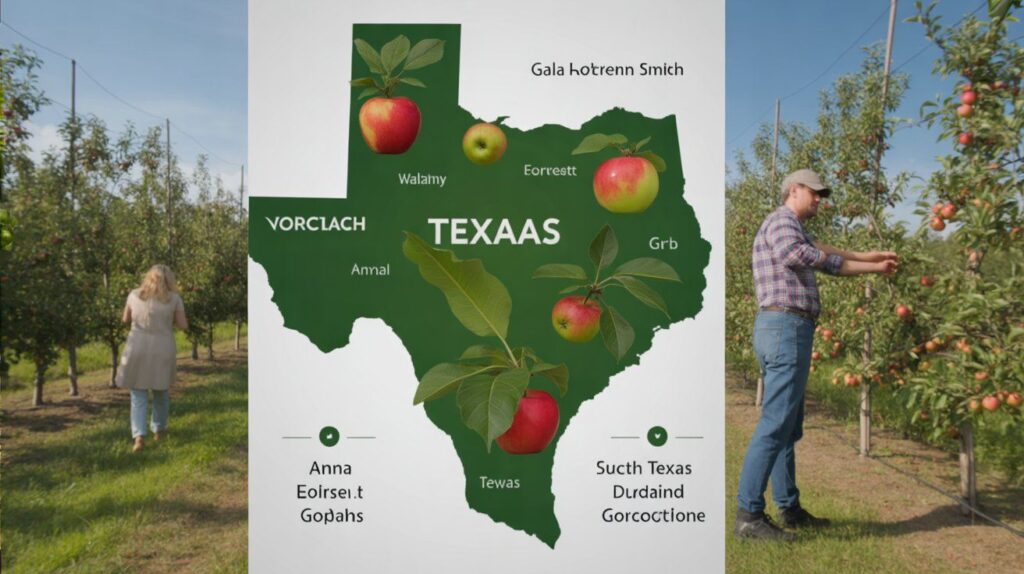
Harvesting and Storing Texas Apples
Timing and proper handling are essential for apple quality in Texas. Most low-chill varieties like Anna and Dorsett Golden ripen from late spring to early summer, while cooler regions may see later harvests. Apples should be picked when firm and fully colored, avoiding overripe fruit that bruises easily. Proper harvesting and storage techniques, including cool, dry conditions and careful handling, maintain flavor and extend shelf life. By following these practices, Texas growers can enjoy fresh, crisp apples throughout the season.
FAQ: Growing Apple Trees in Texas
Q1: Can apple trees grow in Texas?
Yes, but success depends on choosing low-chill, heat-tolerant varieties.
Q2: Which apple varieties work best?
Anna and Dorsett Golden thrive statewide; Gala and Granny Smith can grow in cooler areas.
Q3: Why are chill hours important?
Apples need cold hours to flower and fruit; Texas requires low-chill types (200–400 hours).
Q4: When should I plant apple trees?
Late winter or early spring, in well-drained sandy loam.
Q5: How do I care for them?
Water deeply, mulch, prune, fertilize, and protect from heat and pests.

Jhanzaib Khan, with over 50 years of dedication to nature and tree conservation, is a leading authority in the world of trees and environmental care. From his early years exploring forests to guiding communities in sustainable tree planting, Jhanzaib has combined hands-on experience with a lifelong passion for the environment. He specializes in tree species identification, tree care, forest management, and environmental awareness. His insights have been featured in multiple nature blogs, workshops, and local conservation projects.

